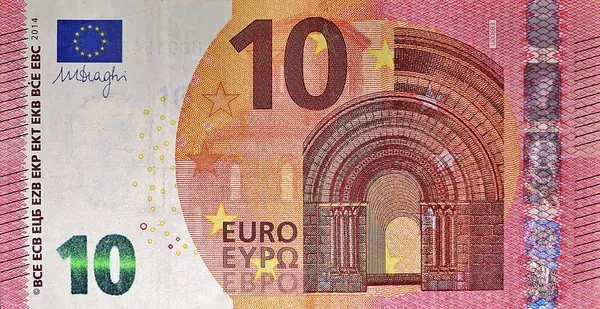Introduction
The 10 Euro cent coin is one of the smallest denominations of the Euro currency, used by 19 out of the 27 member states of the European Union (EU). Since its launch on January 1, 2002, the Euro has become a symbol of unity and diversity in Europe. The 10 Euro cent coin, in particular, carries significant cultural and historical meaning for each country that uses it.
Design and Features
The design of the 10 Euro cent coin is standardized across all EU member states that use it, with only minor variations in the national side of the coin. The obverse side of the coin features a map of Europe, with 12 stars representing the EU countries. The reverse side depicts a globe surrounded by the denomination “10 Euro Cent” and the year of production. The coin is made of copper-plated steel and has a diameter of 19.75 mm and a weight of 4.10 g.
Historical Significance
The Euro currency was introduced as an effort to create greater economic and political integration among European nations. The 10 Euro cent coin represents this vision of unity in diversity. Each country that uses the Euro has its own unique history and culture, reflected in the design of the national side of the coin. For example, the 10 Euro cent coin of Italy features the famous Colosseum in Rome, while the coin of Finland shows a heraldic lion.
Cultural Symbolism
The 10 Euro cent coin is also rich in cultural symbolism. In Greece, the birthplace of democracy, the national side of the coin features the owl, a symbol of wisdom. In Spain, the image of Miguel de Cervantes, author of Don Quixote, adorns the 10 Euro cent coin. The French coin pays homage to Marianne, a national symbol of liberty and reason. The 10 Euro cent coin of Estonia features the image of a native plant called the Cornflower, which represents purity and perseverance.
Artistic Value
The design of the 10 Euro cent coin is not only culturally significant but also artistically valuable. Many countries have held public competitions to select the design for their national side of the coin, resulting in beautiful and intricate designs. For example, the Slovenian coin depicts the Lipizzaner horse, a breed unique to Slovenia, while the Slovakian coin showcases the Kriváň peak in the Tatra Mountains.
Conclusion
In conclusion, the 10 Euro cent coin is much more than just a small denomination of currency. It carries significant cultural and historical meaning for each country that uses it, representing both unity and diversity in Europe. Its design is a testament to the artistic talent and cultural heritage of each nation, making it a valuable collectible item for numismatists and travelers alike.
Related topics:


